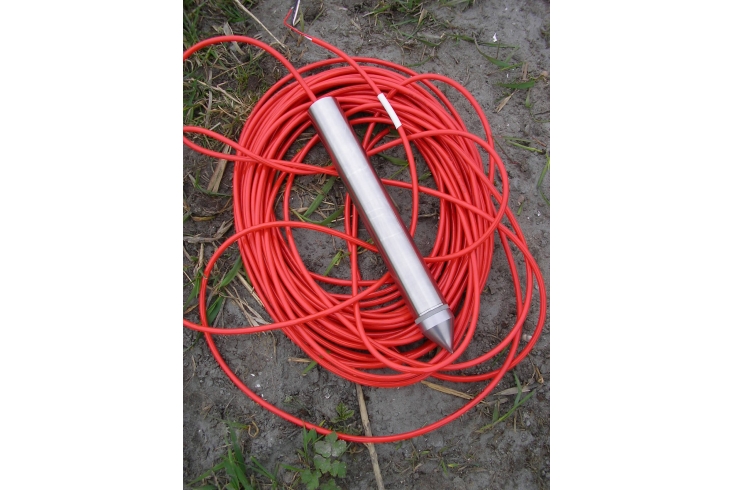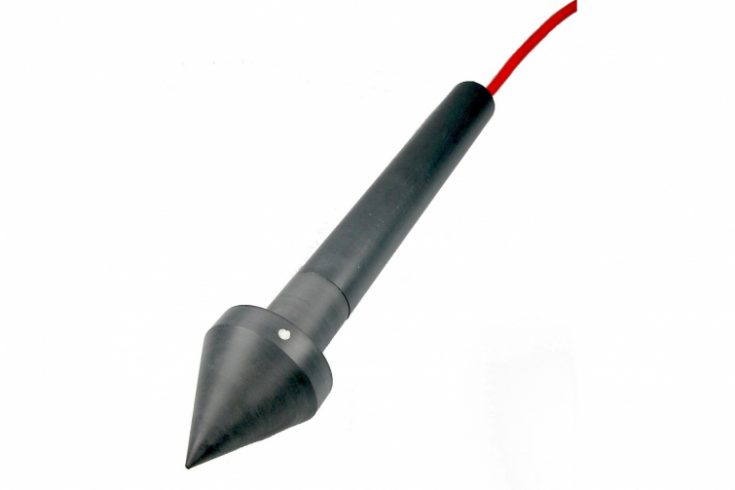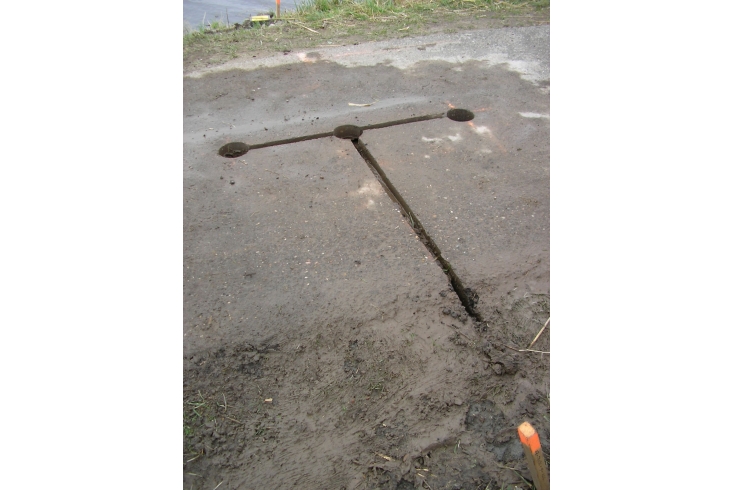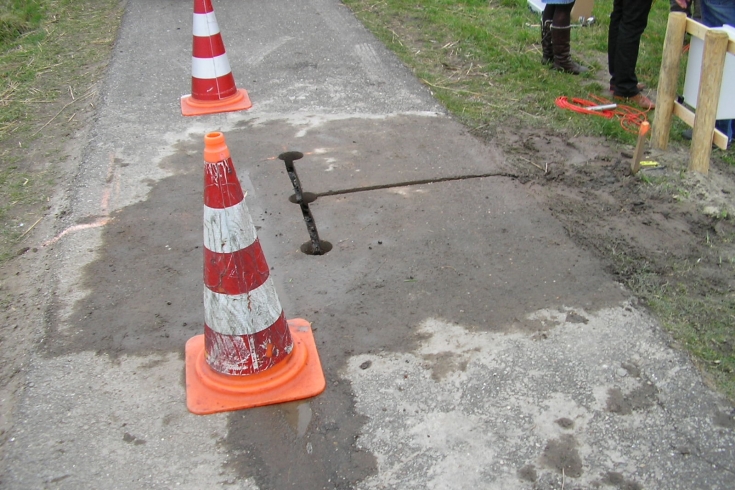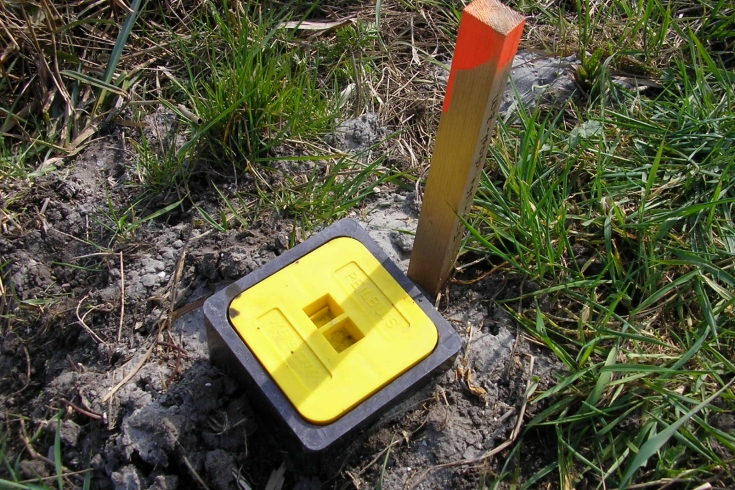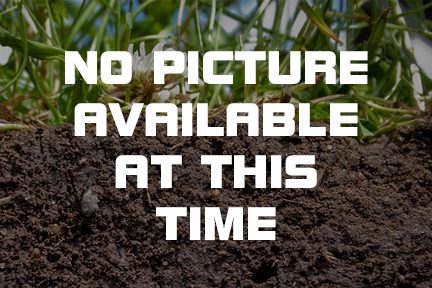Our static pore pressure meters
At Gouda Geo-Equipment, you can order our convenient static pore pressure meters. Use these to measure pore pressure in groundwater in the subsoil. The subsoil is an accumulation of multiple layers of different types of soil. Every soil type has its own unique properties resulting in stable and instable soils and individual permeability characteristics. This causes the ground water pore pressure to vary per area and depth. With our tools, you will be able to gather all the data you need concerning pore pressure at a high-precision level.
Our electrical pore pressure meter is an absolute-pressure transducer designed to measure fluid pressure and therefore it is an excellent tool to observe the in-situ ground water pore pressure in soil and rock masses during a certain period of time. These meters are mainly used to monitor engineering works in dikes, sand-bodies for road-construction, embankments, landfills, natural slopes, hydraulic structures, foundations, retaining walls, dams, excavations, tunnels, waste repository sites, and alike. They are put in place for longer periods. This is why we supply both single-use pore pressure meters as well as retrievable pore pressure meters for relatively short projects.
How to install our pore pressure meters
Because of their design, the pore pressure meters are easy to install using either a hand auger drill, drill rig or penetrometer pusher. The watertight, rigid housing made either of PVC or stainless steel protects the sensor components from the effects of water, mechanical shocks and external loads. A filter prevents solid material from entering while it ensures hydraulic continuity between groundwater and the sensor. Furthermore, the meters do not require any maintenance; this makes them very suitable for long time projects and even permanent installations.
The pore pressure meters of our Dutch CPT company feature high accuracy and are compensated for temperature variations making the thermal-zero shift correction negligible. The latter is the result of the fact that the full-scale calibration data are subdivided in 100 steps and stored in the internal memory module of the meter. These calibration values are used during the test to compensate the output values automatically. The pore pressure meters are immune mechanical stress, and the high insulating resistance makes them very suitable for even the harshest environment. The voltage type output signals are easy to process.

